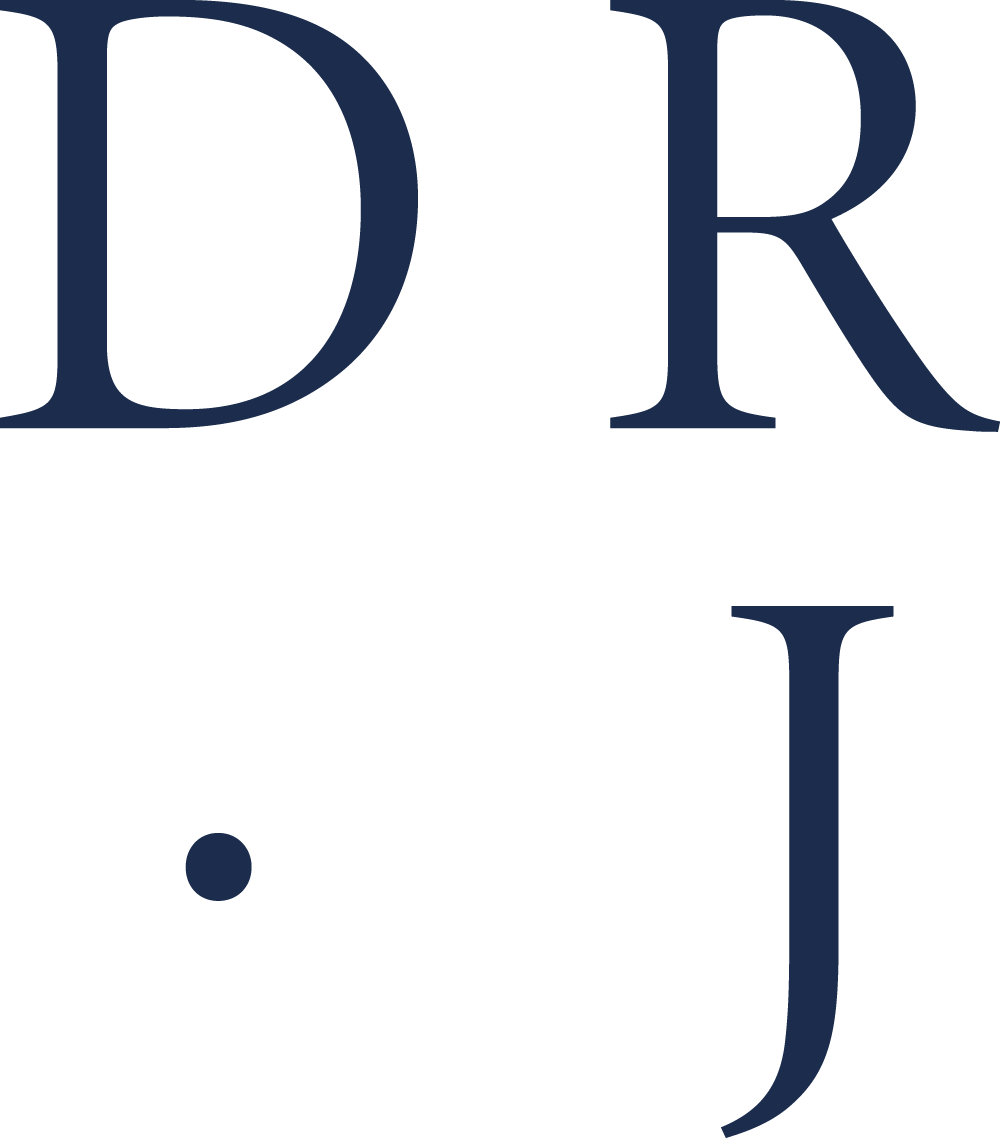Using nature’s natural healing mechanisms
Platelet-rich plasma (PRP) is a popular and effective treatment for facial rejuvenation due to its ability to stimulate collagen production and promote tissue regeneration. PRP is derived from your own blood, making it a natural and safe option for facial rejuvenation. PRP treatment is available in our London clinic.
PRP works by utilising the growth factors and healing properties found in the platelets of your blood. The treatment process involves the following steps:
- Blood Collection: A small amount of your blood is drawn, typically from your arm, similar to a standard blood test.
- Centrifugation: The collected blood is then processed in a centrifuge to separate the platelet-rich plasma from other blood components, such as red blood cells.
- PRP Preparation: The concentrated platelet-rich plasma, which contains a higher concentration of platelets and growth factors, is isolated and prepared for the treatment.
- Treatment Application: The PRP is either injected directly into targeted areas or applied topically during procedures such as PRP microneedling performed at our London clinic.
The platelets in the PRP release growth factors that promote cell growth, collagen synthesis, and tissue repair. These growth factors stimulate the production of new collagen and elastin fibers, enhancing the skin’s elasticity, texture, and overall appearance. PRP also helps improve blood circulation and tissue regeneration, resulting in a healthier, rejuvenated complexion.
How does it work?
The benefits of PRP treatment at our London clinic for facial rejuvenation include:
- Natural Approach: Since PRP is derived from the patient’s own blood, there is a reduced risk of adverse reactions or allergies.
- Collagen Stimulation: PRP triggers the production of new collagen, which helps improve skin texture, firmness, and reduces the appearance of wrinkles and fine lines.
- Skin Rejuvenation: The growth factors in PRP promote the regeneration of skin cells, leading to a more radiant and youthful-looking complexion.
- Scar Improvement: PRP can be effective in reducing the appearance of acne scars, surgical scars, and other types of scars by stimulating tissue repair and remodelling.
- Minimally Invasive: PRP treatments are minimally invasive and generally well-tolerated, with little to no downtime.
It is important to note that multiple PRP treatment sessions may be necessary to achieve the desired results, and individual responses may vary.
PRP - how can it help me?
- Facial Rejuvenation: PRP can be injected into specific areas of the face to stimulate collagen production, improve skin texture, and reduce the appearance of wrinkles and fine lines. It can also enhance overall facial volume and provide a more youthful appearance.
- Skin Rejuvenation: PRP can be combined with procedures like PRP microneedling at our London clinic or fractional laser resurfacing to enhance the results. The growth factors in PRP help promote healing, stimulate cellular turnover, and improve skin tone and texture.
- Hair Restoration: PRP can be injected into the scalp to stimulate hair growth and combat hair loss. The growth factors in PRP promote hair follicle regeneration, improve hair thickness, and increase hair density.
- Scar Treatment: PRP can be used to improve the appearance of scars, including acne scars, surgical scars, and stretch marks. It helps stimulate collagen production and tissue remodeling, leading to smoother and more even-textured skin.
- Hand Rejuvenation: PRP injections can be used to improve the appearance of aging hands by promoting collagen production, reducing wrinkles, and restoring volume.
At Dr Jonny Aesthetics, we also offer cutting-edge regenerative treatments like polynucleotide treatments at the London clinic, which work synergistically with PRP to deliver enhanced skin healing and rejuvenation. For patients seeking a more holistic, science-backed method of skin renewal, platelet-rich plasma therapy with Dr Jonny in London remains one of the most effective and natural solutions available.
Frequently Asked Questions
PRP (platelet-rich plasma) treatments can be used to address various facial and body areas. Some of the commonly treated areas include:
Facial Areas:
- Full Face: PRP can be applied to the entire face to promote overall skin rejuvenation, improve texture, and restore a youthful appearance.
- Cheeks: PRP injections in the cheeks can help enhance volume, improve contours, and address signs of aging such as sagging or hollowing.
- Under-Eye Area (Tear Troughs): PRP can be used to diminish dark circles, reduce puffiness, and improve the appearance of under-eye hollows.
- Lips: PRP injections can help enhance lip volume, improve lip texture, and minimize fine lines around the mouth.
- Forehead and Temple: PRP treatments can target forehead lines, wrinkles, and temple hollows, improving the overall appearance of the upper face.
Body Areas:
- Scalp: PRP injections in the scalp can stimulate hair growth, strengthen hair follicles, and address hair loss or thinning.
- Hands: PRP can rejuvenate the appearance of the hands by improving skin texture, reducing wrinkles, and restoring volume.
- Décolletage: PRP treatments can help improve skin tone, texture, and elasticity in the chest area, reducing the signs of aging.
- Stretch Marks: PRP can be used to address stretch marks on various body areas, such as the abdomen, thighs, or buttocks, by promoting collagen production and skin rejuvenation.
It’s important to note that the specific treatment areas may vary depending on individual needs and goals. We will create a treatment plan together using all the information from your assessment.
45-60 minutes
While responses to treatment vary, most people will require 3-5 sessions, however patients do report seeing benefits even after one session. Each set of treatments is spaced approximately 4-6 weeks apart.
There is no limit to the number of treatments you can have. Your clinician will determine your treatment protocol according to your skin condition
The results of PRP (platelet-rich plasma) treatments can vary depending on individual factors such as skin condition, treatment area, and the number of sessions undergone. While specific outcomes may differ for each person, here are some potential results you may observe after a course of PRP treatments:
- Improved Skin Texture: PRP can help enhance skin texture by stimulating collagen production and promoting tissue regeneration. Over time, you may notice smoother and more refined skin texture.
- Reduction in Fine Lines and Wrinkles: PRP treatments can contribute to the reduction of fine lines and wrinkles, particularly in areas like the forehead, around the eyes (crow’s feet), and mouth. The increase in collagen production can lead to a more youthful appearance.
- Enhanced Skin Tone and Radiance: PRP can improve skin tone and promote a radiant complexion. It can address issues such as uneven pigmentation, dullness, and sun damage, resulting in a healthier, more vibrant glow.
- Decreased Appearance of Scars: PRP has the potential to reduce the appearance of scars, including acne scars, surgical scars, and stretch marks. The treatment promotes tissue remodeling, leading to smoother and more even-textured skin.
- Hair Regrowth and Thicker Hair: For those undergoing PRP treatments for hair restoration, an increase in hair density and thickness may be observed. PRP stimulates hair follicles, leading to improved hair growth and overall hair health.
Yes, PRP treatments can be used on all skin types and colours.
The outcomes of PRP (platelet-rich plasma) treatments may not be immediately apparent and may take some time to manifest. While there might be immediate effects like mild skin tightening, temporary plumping, or a subtle glow, the complete advantages of PRP typically unfold gradually over weeks to months. Here’s a breakdown of the timeline for PRP results:
1. Immediate Effects:
– Post-PRP treatment, immediate improvements like mild skin tightening and a temporary plumping effect may be observed.
– These instant effects are primarily due to the hydrating and revitalising properties of the PRP solution.
2. Short-Term Effects:
– In the first few weeks after treatment, additional enhancements in skin texture, increased skin hydration, and a more radiant complexion may become noticeable.
– These effects result from the stimulation of collagen production and tissue regeneration initiated by the PRP.
3. Long-Term Effects:
– The complete benefits of PRP treatments become more evident over time.
– Ongoing collagen synthesis and tissue regeneration processes lead to progressive improvements in skin tone, reduction of fine lines and wrinkles, and diminished appearance of scars or other skin concerns.
– These long-term effects are typically more noticeable after multiple PRP sessions, as the cumulative effects of collagen production and tissue remodelling take place.
It’s essential to recognise that individual responses to PRP can vary. Factors like the treatment area, the extent of the concern being addressed, and an individual’s unique physiology can influence the timeline and degree of results. Additionally, maintaining a healthy skincare routine and following post-treatment instructions can optimise and prolong the benefits of PRP treatments.
Treatment results vary, however, in most patients the results last up to 18 months. Touch-up treatments will maintain the results.
PRP (platelet-rich plasma) treatments are generally considered safe and well-tolerated. Since PRP utilises your blood, the risk of adverse reactions or allergic responses is minimal. However, as with any medical procedure, there can be potential side effects. Here are some commonly reported side effects associated with PRP:
- Mild Discomfort: During the PRP procedure, you may experience mild discomfort at the injection sites. This can include sensations like temporary stinging, burning, or pressure. However, any discomfort is typically well-tolerated and subsides quickly.
- Redness and Swelling: After the treatment, some individuals may experience mild redness and swelling at the injection sites. This is a normal response and usually resolves within a few hours to a few days.
- Bruising: In some cases, bruising may occur at the injection sites. This is a temporary side effect that typically resolves within a few days.
Consultation information
Clinic Days
Weekend appointments are available for international patients.
Initial consultations
Contact us to arrange a video/telephone consultation or if you prefer, a face to face appointment in clinic.

